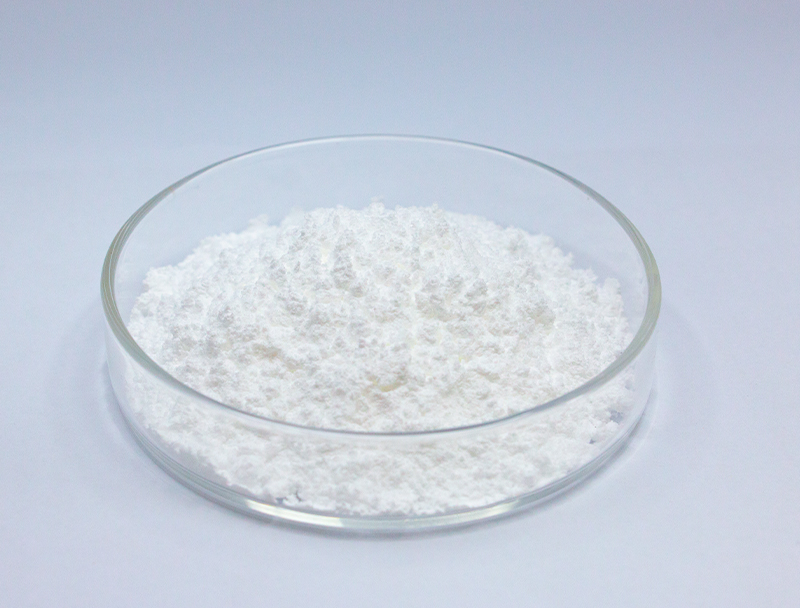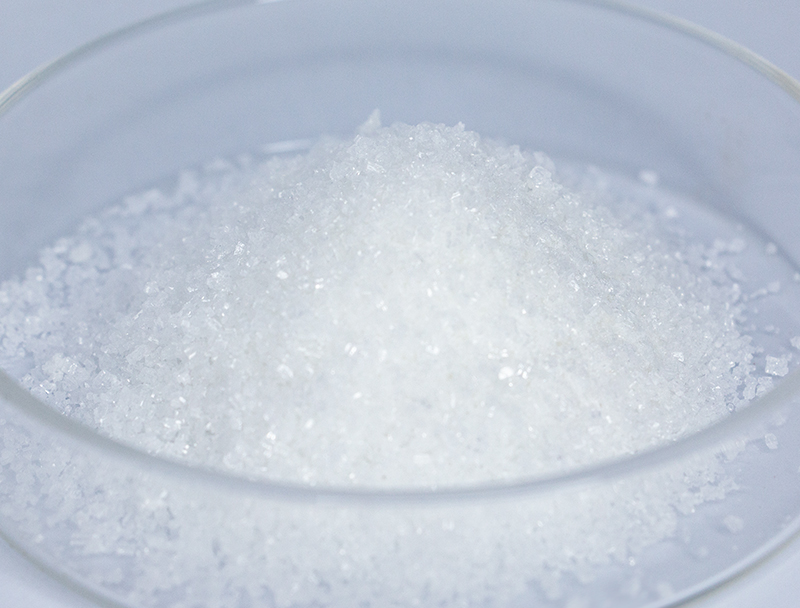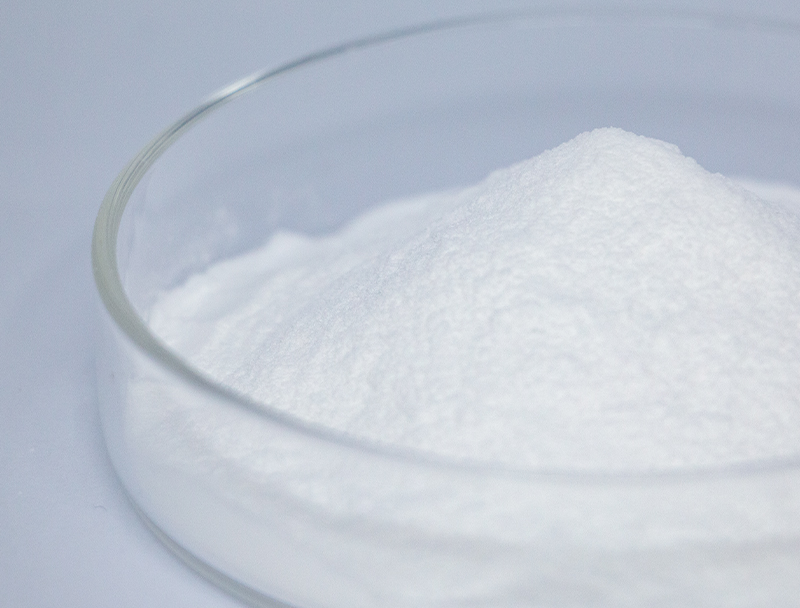
Modern biofabrication is grounded in a substantial range of starting materials for fabricating next-generation bio-products.
Protecting continuous ethical sourcing of resources is indispensable to sustainable success and conscientious scaling.
various risks tied to conventional feedstock acquisition such as ecological damage and resource depletion. Hence, industry players ought to pursue innovative supply solutions to lower carbon burdens.
- Instances of green procurement approaches are:
- Leveraging biomass from food-processing residues
- Establishing regenerative loops to cut waste and elevate material utilization
- Connecting with nearby vendors prioritizing responsible supply
Moving toward responsible sourcing creates ecological improvements and economic resilience.
Maximizing Feedstock Quality for Increased Biofuel Output
Raising biofuel yields involves refining feedstock structure and content. Research teams persist in studying techniques to boost feedstock performance, creating higher productivity and an eco-friendlier fuel landscape. Initiatives integrate bioengineering to scale biomass production and pretreatment workflows to free fermentable sugars.
- Similarly, research probes algae, byproduct streams, and harvest remnants as potential sustainable sources to augment biofuel feedstocks.
- By means of ongoing innovation the biofuel sector can achieve substantial advances soon, shaping a cleaner energy future.

Upstream Process Improvements for Modern Biopharma Production
involves foundational activities from cultivation to biomass harvest Current advancements have streamlined operations and improved bioproduct yields.
Crucial progress includes proprietary cell systems, optimized growth media, and adaptive bioreactor architectures. These innovations not only enhance productivity but also minimize production costs and environmental impact.
- Moreover, continuous manufacturing adoption is enabling dynamic control and greater adaptability in upstream workflows.
- The progression to advanced biomanufacturing approaches should modernize the field and quicken therapeutic progress.

Advances in Gene Editing to Boost Therapeutic Production
advances in genomic editing tools including CRISPR have transformed therapeutic manufacturing. By accurate genomic tuning, developers enhance yields of critical biopharmaceuticals. The approach may facilitate scalable, low-cost therapeutic production for numerous diseases.
Microbial Biotechnology as a Sustainable Cleanup Strategy
state-of-the-art biological cleanup solutions using targeted microbial actions. Engineered and natural microbes can attenuate pollutants via metabolic conversion.. Utilizing microbial metabolism supports eco-friendly site cleanup methods that limit secondary harm from remediation.. Study groups probe microbial metabolic diversity to tackle metals, persistent pesticides, and hydrocarbon spills.. These microorganisms can be employed in bioreactors or directly at contaminated sites, promoting the breakdown of pollutants through biodegradation processes..
Using microbes for cleanup carries distinct advantages compared with chemical or physical remediation approaches. These methods are economical and eco-conscious while reducing hazardous secondary waste. Moreover, microbes can be tailored to address specific pollutants with minimal impact on non-target organisms. The field of microbial biotechnology continues to advance rapidly, with ongoing research focused on improving the efficiency and effectiveness of bioremediation strategies.
The Role of Bioinformatics in Drug Discovery and Development
Informatics platforms are essential to current drug discovery and development pipelines. By leveraging complex datasets, bioinformatics expedites discovery and optimizes candidate safety and potency.
- With analysis of broad omics and clinical datasets, bioinformatic experts identify targets and model drug effects.
- In addition, predictive simulations inform medicinal chemistry efforts to craft more efficacious drugs.
- In conclusion, computational biology reshapes discovery pipelines and speeds delivery of reliable treatments for patients.
Optimizing Metabolism to Increase Bioproduct Production
implements many strategies to improve microbial output of desired bioproducts. Options include metabolic rerouting via gene edits, expression tuning through regulatory control, and incorporation of foreign enzymes to expand function.. By refining pathway flux and regulation engineers can significantly raise bioproduct production.
The multifaceted strategy promises to reshape sectors like biotech, agritech, and renewable fuel industries.

Upscaling Biopharma: Obstacles and Potential Gains
Transitioning to higher volumes entails serious complications and potential rewards. Maintaining consistent product attributes with scale-up remains a central difficulty. Resolving it depends on rigorous control strategies, precise instrumentation, and comprehensive analytics.

The multi-faceted nature of production steps adds complexity to scaling efforts. Transforming bench processes into industrial practice requires sustained research and engineering innovation. Yet, the returns can be substantial. Effective scale-up may expand patient access to therapies, cut unit costs, and improve margins.
A range of strategies is being implemented to address scaling problems. Initiatives involve optimization platforms, high-resolution analytics for process control, and novel manufacturing frameworks.
- Innovation programs are essential to expand production competencies.
- Oversight institutions are updating guidelines to ease approval of manufacturing advances and catalyze innovation.
Understanding Regulatory Oversight to Ensure Biopharmaceutical Quality
Engineering biologic therapies includes robust governance to assure patient safety and measure effectiveness. Products of biological origin introduce specific challenges that differ from standard drug development.
Institutions Calcium 2-oxoglutarate such as the U.S. FDA and European EMA lead in formulating regulations and benchmarks for biologic approvals..
Stringent experimental and surveillance testing occurs across the entire development-to-market continuum. These measures aim to identify potential risks and guarantee that biopharmaceuticals meet the highest levels of safety..
Additionally, regulators regularly update methods to match the pace of fast-moving biopharma innovations.. This includes embracing novel technologies and facilitating the development process while maintaining a commitment to patient well-being.

Plant-Origin Feedstocks in the Production of Bioplastics
The expanding market for green materials prompts increased R&D into bio-based solutions. Converting plant biomass into bioplastics offers a credible pathway to environmentally sound products. Renewable inputs including cornstarch, cellulosic matter, and sugarcane biomass can be processed into biodegradable plastics that minimize long-term pollution.
Additionally, many plant-based bioplastics show performance characteristics similar to conventional plastics for numerous uses.. Ongoing R&D is essential to scale plant-based bioplastics and realize circular economic benefits.
Biotechnology's Potential to Transform Health and Food Supply
Biotech innovations hold promise to dramatically impact health and the reliability of food systems. Applying targeted genetic edits, synthetic biology frameworks, and cellular therapeutics, practitioners produce measures to address infectious disease, boost harvests, and upgrade nutritional content.. To illustrate, modified plants designed for pest resilience and environmental tolerance can raise outputs and reduce pesticide application.. Concurrently, biotechnology drives development of immunotherapies, antibiotics, and diagnostics that play a key role in controlling diseases and improving health metrics. With persistent development, biotech stands to offer transformative solutions for global health and long-term food security.
